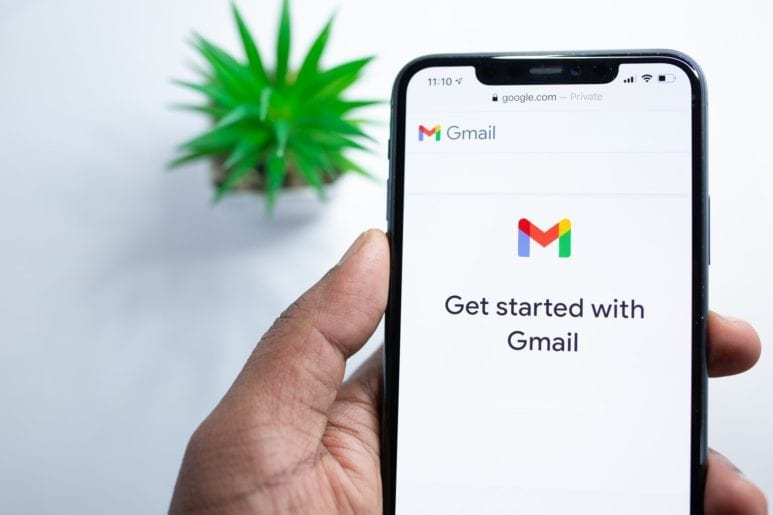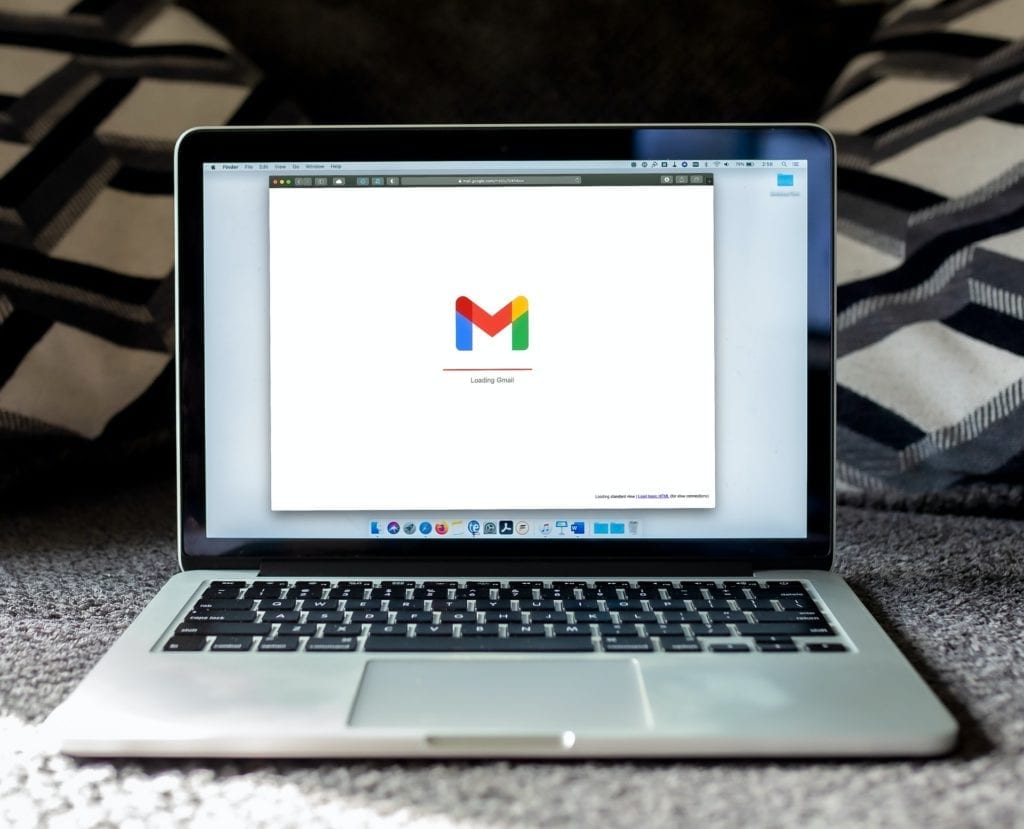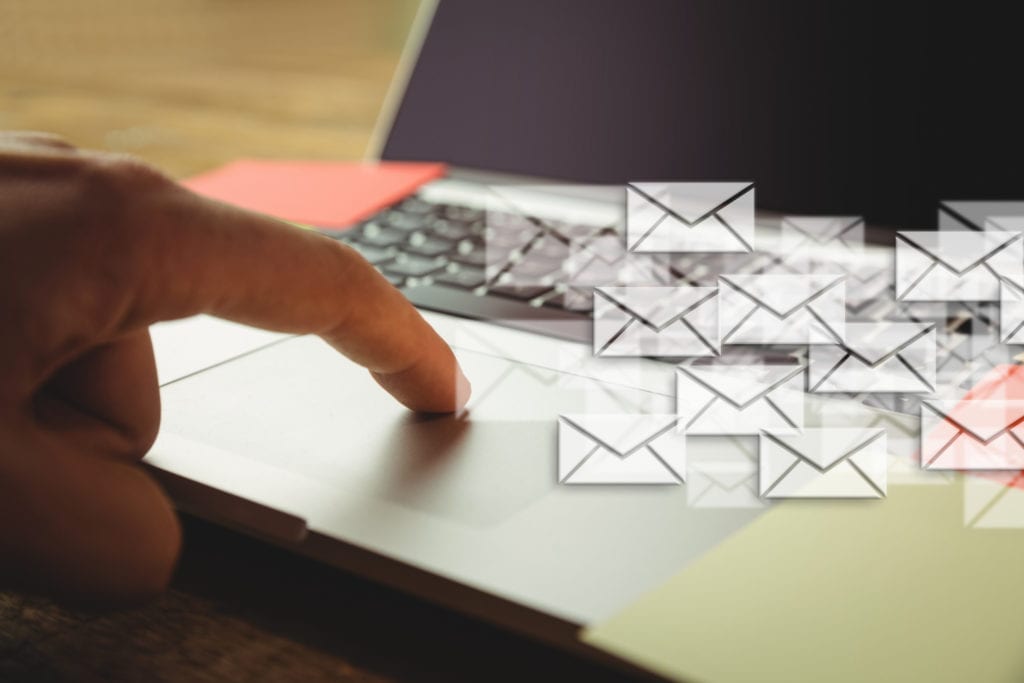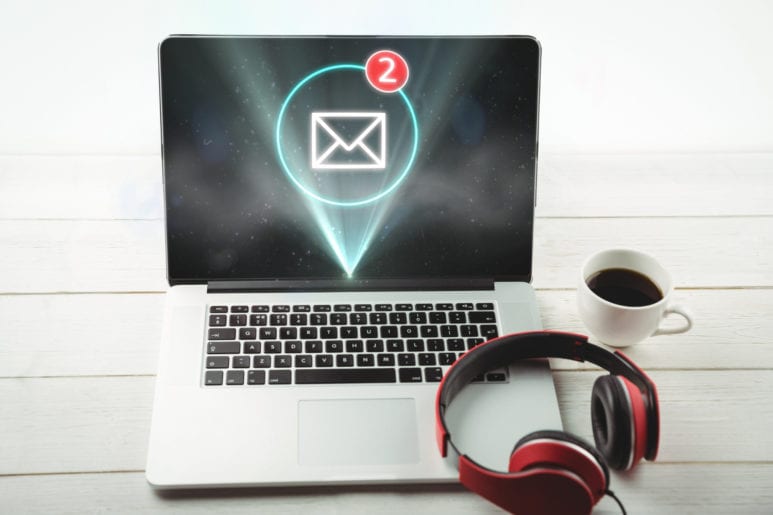Email management is now the trending buzzword in the corporate world. Understanding what is email and how to do proper e mail management is hence proven necessary. But with the introduction of the concept of inbox zero, email management has become the new standard of organized living. With inbox zero and its methods, achieving sane work life balance is now possible.
What is email?

Email is short for electronic mail. Emails are messages exchanged between different users via e mail softwares like Gmail, Yahoo!, AppleMail, etc. These emails can contain text and attachment like images, documents, etc. Emails are a common means of communication in the corporate world and their privacy is hence vital.
But these emails also pose a distraction with their constant pings of notifications. Moreover, the huge number of emails increases anxiety and stress. To avoid this, we need to understand how to organize emails for better email management.
Things to know about my inbox email management
- Engineer Ray Tomlinson created the first known idea of emails, while working on the ARPANET project.
- 14 year old V.A. Shiva Ayyadurai developed an interoffice electronic mail software and called it ‘Email’.
- Simple Mail Transfer Protocol (SMTP) is defined to ease the communication between two servers.
- Microsoft released the first commercial email client, Microsoft Email, which would later give rise to Outlook.
- Multipurpose Internet Mail Extensions (MIME) defined to allow attachment of multimedia to emails.
- Hotmail and RocketMail (later named Yahoo!) became the first free email services.
- Blackberry introduced mobile phones that supported wireless email support.
- Gmail changes the world of email with threaded conversations, inbox search, etc.
- Responsive emails enter the scene as most emails now open on our mobile phones.
- More than 4 billion users send around 306.4 billion emails every day.
How to open my email inbox in Gmail

Getting to your email inbox is the first step to getting started with your email experience. Know how to open your email inbox in Gmail with the following steps.
- Step 1: Navigate to gmail.com using any Web browser.
- Step 2: Enter your Google username and password in the Username and Password fields and click “Sign In” to log in to your Google account. The default view is the Inbox folder.
- Step 3: Click the “Inbox” link in the left pane if you don’t see your inbox, to go to your Inbox folder.
What is inbox 0?

Inbox 0 or Inbox zero is an email management concept developed by productivity guru Merlin Mann in 2006. Inbox zero is popular thought to be the number of emails one has in their inbox. Thus it is believed that having an empty inbox is inbox 0. This is exactly what many people are wrong about inbox zero.
Merlin Mann himself has clarified that getting your inbox to zero is not about the number of emails. Instead it is about the amount of attention and time we waste in our inbox. The more we focus on our inboxes, the more our productivity suffers. Thus achieving inbox zero to manage your emails helps us in better email organization and improve productivity.
Does an empty inbox help in email management?

As we now know, having an empty inbox is not equivalent to having inbox zero. It is possible to achieve an empty inbox by merely deleting your email inbox entirely. But this is neither feasible nor realistic. Recklessly deleting emails is not the right way to do e mail management. Hence even though having an empty inbox might feel satisfying, it does not help in organizing emails for the long term.
How often you should check your inbox?
For good email management, it is recommended that you check your inbox only 5 times a day. We can set these timings first thing in the morning, mid-morning, after lunch, mid-afternoon, and end of day. Using email management softwares like Mailman can help you set and follow your own email management schedule. This works as a great email management solution for better email organization.
Why managing inbox is important?

Many chase the dream of inbox zero because of the benefits it promises. These below mentioned benefits are definitely worth the effort that we need to achieve a possible Inbox zero:
- Greater focus
Without all the distractions of emails and their notifications, one can focus better on the work at hand. The attention that too many emails steal can now be directed towards other priority tasks. - Greater productivity
Better focus on work, expectedly leads to increase in productivity. The quality and even quantity of work done is better and greater as one gets rid of distractions and focuses better. This is an important benefit of good e mail management. - Better time management
With good email management, time management also improves. Time management importance comes into picture when all the time that we waste in checking up on and getting swept away in emails is now utilized to work and focus better. Time saved is time earned for more. - Better efficiency
With more time and better focus at hand, efficiency of work also increases. With higher productivity at work, we do more work in much less time allowing more time in hand. - Better work-life balance
Better time management allows more free time at one’s disposal too. We can utilize this free time for one’s life beyond work, to destress and allot time for one’s personal life too.
Inbox management techniques

Email management techniques are all we need to finally tame that wild inbox. The below email management tips will help you reach inbox zero easily!
1. Use softwares and extensions
Various email management softwares for different purposes are now available. These form a prime foundation for your email management strategy. We recommend tools like Mailman, EmailAnalytics, Gmelius, etc are for better email management.
Email management softwares functions independently as an app different from your email software. Email extensions, on the other hand, work right within your email software. Extensions like Boomerang, Simple Gmail notes, FlowCrypt Gmail Extension have been touted favourites for email management.
2. Fixed email processing times
According to a survey, we spend a whopping 5.6 hours daily in our inboxes. We could use all those hours instead in anything more productive. This productivity could be work related or even mental peace related. But losing over 5 hours in an email software does sound problematic. But the email management strategy for this is just as obvious.
Knowing that we spend an unnecessary amount of hours in our inboxes, it is essential to curb the same. Along with curbing the time spent, we must also schedule email checking itself. Email management softwares like Mailman have key features like Do Not Disturb and Delivery slots to help you do just the same
3. Switch OFF Notifications
Email notifications and the distractions they bring along are the main culprit that lower productivity. The humane reaction of needing to check what an email says, is understandable but it greatly hampers the task at hand. Switching off those notifications is the only way for better email management here. Desktop notifications, mobile notifications need to be done away with. They not only break one’s focus but also make it harder for us to get back to work.
The common fear against putting those notifications off is that one might miss important emails. But scheduling and dealing with emails at only certain periods will ensure that you stay up to date. And well, if any email does have an emergency, the sender will obviously give you a call.
4. Process your inbox like a pro
Email management is more smart work than hard work. We are all knee deep in emails no matter what we do, and are in a desperate need for Inbox zero Gmail. But achieving that dream is possible only if you manage email inbox efficiently. With so many decisions that we take all the time, we can deal with too many emails in these 3 simple ways:
(1) First: Get rid of nonsense email
What is ‘nonsense’ you ask? What else would you call all the newsletters and the spam emails that fill up our inboxes? We can deal with them right away by deleting them and reaching your Gmail Inbox zero. And if you are one of those who do read their newsletters, just filter them to a different folder and enjoy them whenever you please!
(2)Next: Find the emails you can answer now
There are always those quick reply emails that you can deal with in a second. These are the ones for whom you do not have to do another task to have a fitting reply. Deal with these first and delete or archive them for easier email organization.
(2)Finally: Turn longer emails into tasks
For the ones that you cannot deal with and delete right away, turn them into tasks. Apps like Todoist, Slack will help you make a to-do list out of your emails. Describe the task in a line and get back to it when you know you will work your best.
Email management is now easy
Email and e mail management are a constant part of our lives. Thus understanding what is email and how to do email inbox management is very important. Using email management softwares like Mailman can help us in efficient email management on a daily basis. These apps and email management tips allow us to step out of our inbox and step into a balanced life.
FAQs
1. Mailman
2. FrontApp
3. SalesHandy
4. Proton Mail
5. Sortd
Email management softwares organize and sort emails for easier handling of our inboxes.
1. Gmail
2. Thunderbird
3. AOL
4. AppleMail
1. ProtonMail
2. Namecheap
3. Zoho Mail
4. Gmail
1. Sign in to Google Domains using the Google account that manages your domain.
2. Select the name of your domain.
3. Click Email.
4. Under “Add or remove people from Google Workspace,” next to the user you want to make an administrator, click Edit .
In any web browser, go to admin.google.com. Starting from the sign-in page, enter the email address and password for your admin account.
You can’t change the email address on your account to an email address that’s already associated with a Google Account. If you want to make your alternate email address the new primary address, you’ll first need to delete your alternate email address from the account.
1. Sort your emails into folders using filters and labels.
2. Act on your emails right away rather than postponing them.
3. Delegate email tasks if they are more appropriate for someone else.
4. Use template for common email replies.
5. Delete or archive emails once you have responded to them.
6. Do not check the email inbox over and over again.
7. Schedule email processing time slots.
8. Use email management tools like Mailman.
1. Convert emails to tasks as they come in.
2. Prioritize emails according to urgency.
3. Organize emails in folders to find them easily.
4. Schedule email processing time slots and stick to them.
1. Take action immediately on incoming emails.
2. Set email processing schedules.
3. Write quick concise emails with clarity.
4. Unsubscribe from newsletters that crowd your work email inbox.


![10 Best Email Organizer Apps [Tried & Tested] email organizer app](https://library.mailmanhq.com/wp-content/uploads/2021/05/The-3-Best-email-Organizer-app-For-C-level-Executives-770x515.jpg)

